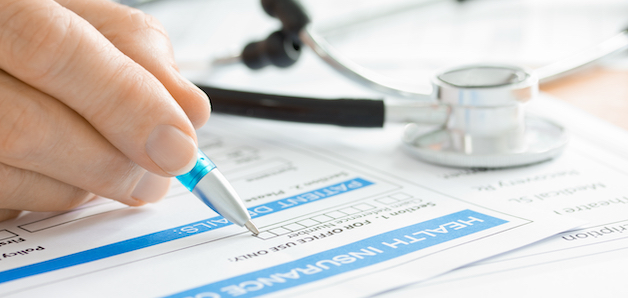
Telehealth has made substantial strides in the past few years. Prior to 2020, less than 1 percent of the total healthcare volume in the United States offered telehealth. Over half implemented it into their practices during the first few months of the pandemic.
It was enormously successful. More than 70 percent are now motivated to make telehealth a part of their everyday practice.
Yet, while many health professionals are finding out telehealth increases productivity, others are noticing the cracks in the infrastructure. While affluent urban areas may have flawless internet access, internet connection speeds deteriorate quickly as you move rural.
One report found as many as 42 million Americans are without internet access. Many of the poorest areas have weak broadband speeds. This can lead to poor quality care, especially with follow-up visits and getting access to help when people need it.
What is the digital divide?
The digital divide is the gap between individuals with access to technology and internet access and those without access. The digital divide is evident in communities living in urban areas and those who live rurally. But it’s also apparent in other ways:
Gender divide - men in lower-income communities are more likely to own and have access to technology than women.
Social divide - those who spend more time online are more familiar with it and more likely to use it. This can be especially apparent with Medicare and Medicaid beneficiaries.
Universal access divide - those with physical disabilities may not have the necessary tools or skills to access today’s technology.
What can you do?
Create reliable ways to connect with your patients
While you may love the latest gadget, it won’t help your practice if your patients can’t utilize it. Instead, stay as simple as possible. Simple messaging platforms may make releasing information widely across your patient list easy. Offering several ways to connect may make everyone comfortable with how they reach you. Always remember this is about your patients, not about you.
Use easy-access tools
The Internet of Things produces a wide array of medical tools that can help with everything from wellness activities to chronic disease monitoring. Yet not all of your patients may understand or utilize this new technology. If you use it, you may have to adapt and create training platforms to help with the simplest questions. Just because you get it doesn’t mean they will. Assess every technology you bring in for patient use before you implement it.
Be aware of supply chain issues
With telehealth, you can access a wider audience. But what’s accessible to you might not be even a few miles from your office. Supply chain shortages have been amplified in recent months. Even things like oxygen supplies can be severely limited in certain areas. Telehealth may open up your business to new patients, but be sure to understand all the limitations that may be placed on your care access.
Watch medical expenses
The numbers don’t lie:
- Two-thirds of all personal bankruptcies are due to medical bills
- Almost half of those who file for medical bankruptcy cite hospital bills as the biggest expense
- Almost 70 percent of Americans with medical bills cut food expenditures to avoid bankruptcy
Adding technology for the sake of having upgraded technology won’t help your patients if it pushes them to the limit. Knowing your patient base can help you decide which technology will benefit your practice the most.
Be aware of security risks
You might have the latest and greatest technology, but do your patients? If they’re accessing patient portals and other devices using out-of-date hardware, it could open up your practice to risks. Create a protocol necessary for everyone, patients and staff. Update it regularly. And be sure it’s easy to understand.
It’s the simplest way to ensure you stay as safe as possible.
For IT Strategy, Cloud Conversion, or Help Desk Services reach out to us at Silver Linings Technology 360-450-4759.


